House OKs budget blueprint after GOP leaders' cut pledge
Published in Political News
WASHINGTON — The House on Thursday adopted the resolution Republicans needed to get moving on their sweeping budget bill to enact many of their top legislative priorities, after several days of negotiations with conservative holdouts.
Senate Majority Leader John Thune said his chamber would adhere to the House’s much-higher floor for spending cuts in the eventual budget reconciliation package, an emphatic public statement that enough House conservatives needed to hear before voting for the budget blueprint.
The measure was adopted on a narrow 216-214 vote. No Democrats supported it and Republicans Thomas Massie of Kentucky and Victoria Spartz of Indiana voted “no.”
Thune, R-S.D., and Speaker Mike Johnson, R-La., appeared in a rare joint news conference Thursday morning to make the public commitment. The leaders said their agreement will ensure Republicans achieve $1.5 trillion in 10-year savings while preserving essential programs.
“And I can tell you that many of us are going to aim much higher,” Johnson said. Added Thune: “We have a lot of United States senators who believe that is a minimum, we’re certainly going to do everything we can to be as aggressive as possible to see that we are serious about the matter.”
More negotiations
Some read Thune’s comments as not quite a strong commitment for $1.5 trillion minimum, which caused some last-minute consternation. And holdouts generally wanted something stronger than a verbal pledge.
Talks were ongoing throughout the morning after the joint news conference. Johnson and House Majority Leader Steve Scalise, R-La., spoke with Rep. Lloyd K. Smucker, R-Pa., in the speaker’s office, where they were joined by Budget Chairman Jodey C. Arrington, D-Texas. Arrington has been critical of the Senate plan too but willing to advance the process.
The group then went into a room off the House floor where other conservatives joined the meeting.
Meanwhile the floor vote had already started, and GOP leaders held it open longer than the allotted 15 minutes to accommodate Freedom Caucus and other holdouts still negotiating on and off the floor.
In accommodating the right flank of his party, Johnson also had to tend to the needs of more centrist members. He was seen huddling on the floor with New York Republicans Nicole Malliotakis, Mike Lawler and Nick LaLota, who’ve sought to ensure cuts don’t hit the most vulnerable in their districts and want a higher state and local tax deduction cap in the final tax bill.
In all, nearly 50 Republicans still hadn’t voted after the initial time limit was up.
But enough conservatives, and moderates, eventually decided what was on the table was good enough to unlock the reconciliation process. And they can always withhold their votes later when it comes time to vote on the actual implementing legislation.
“We have commitments that this will not increase the budget deficit,” House Freedom Caucus Chairman Andy Harris, R-Md., said after meeting with leadership.
Numbers game
The key sticking point for members of the House Freedom Caucus and other conservatives has been the budget plan’s “instructions” to committees in both chambers. While the version the House initially adopted requires a minimum $1.5 trillion in 10-year savings, the Senate’s amendments tell their committees that just $4 billion would be needed for compliance with the chamber’s “Byrd rule” that governs what can remain in a reconciliation bill.
Senators wrote a statement into their amendment setting a target of as much as $2 trillion in cuts, but it’s nonbinding. To GOP spending hawks, this was akin to “Lucy and the football,” as Ogles put it on Wednesday. “She pulls it away every time.”
The reconciliation bill is critical to many top priorities for Republicans and President Donald Trump. They want to use it to pass a tax package that could cost more than $5 trillion over a decade, including extensions of the 2017 tax cuts (PL 115-97) expiring at the end of this year.
It would inject as much as $200 billion into border security and immigration enforcement funds that Trump administration officials say are running out, plus up to $150 billion more in military spending defense hawks say was shortchanged in the recent fiscal 2025 appropriations package (PL 119-4). It would open up more public lands to fossil fuel exploration and development.
And it would raise the $36 trillion statutory debt limit, which analysts say is needed by summer, by as much as $5 trillion, enough to last beyond next year’s midterm elections.
All of these costs plus the optics of raising the debt limit past $40 trillion have conservatives uneasy, to say the least, hence their push for deeper spending cuts. The $1.5 trillion floor they’re seeking has given some GOP senators pause out of concern for Medicaid, however.
The House committee with jurisdiction, Energy and Commerce, has instructions to cut a total $880 billion within its jurisdiction, though the panel’s chair, Brett Guthrie of Kentucky, says only around half of that might come from Medicaid. And members are about to go home for two weeks to get an earful from constituents.
But conservatives say they won’t vote for a final reconciliation bill that on paper would lead to higher deficits. So GOP leaders have their work cut out for them if they hope to get that “big, beautiful bill” to Trump’s desk by Memorial Day, as Johnson has said they will.
“Great News! ‘The Big, Beautiful Bill’ is coming along really well. Republicans are working together nicely. Biggest Tax Cuts in USA History!!! Getting close,” Trump posted on Truth Social on Thursday morning.
----------
Nina Heller, Caitlin Reilly, Aidan Quigley and Paul M. Krawzak contributed to this report.
-----------
©2025 CQ-Roll Call, Inc. Visit at rollcall.com. Distributed by Tribune Content Agency, LLC.
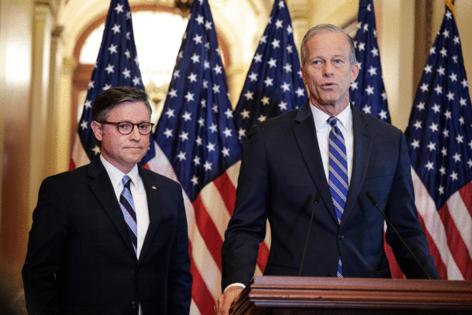


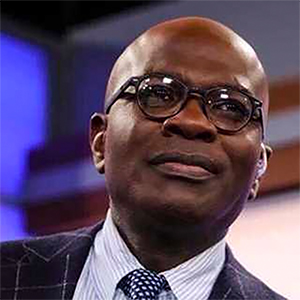

























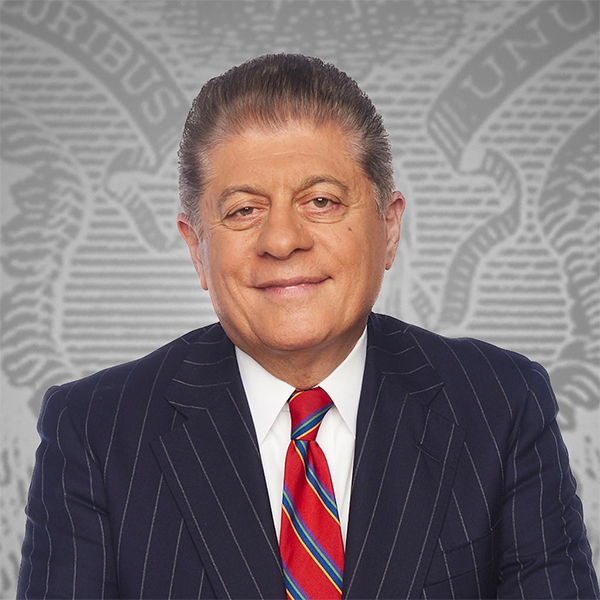



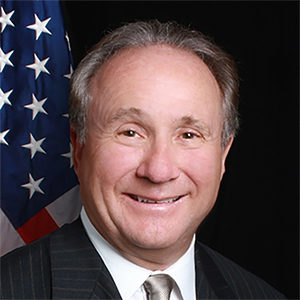





















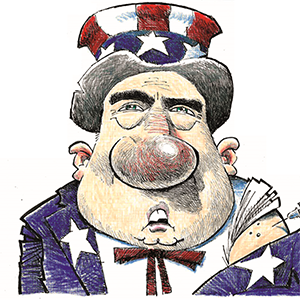



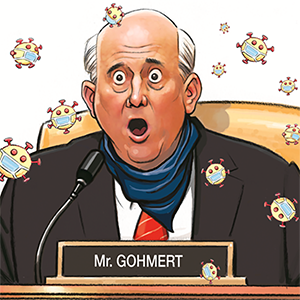
Comments